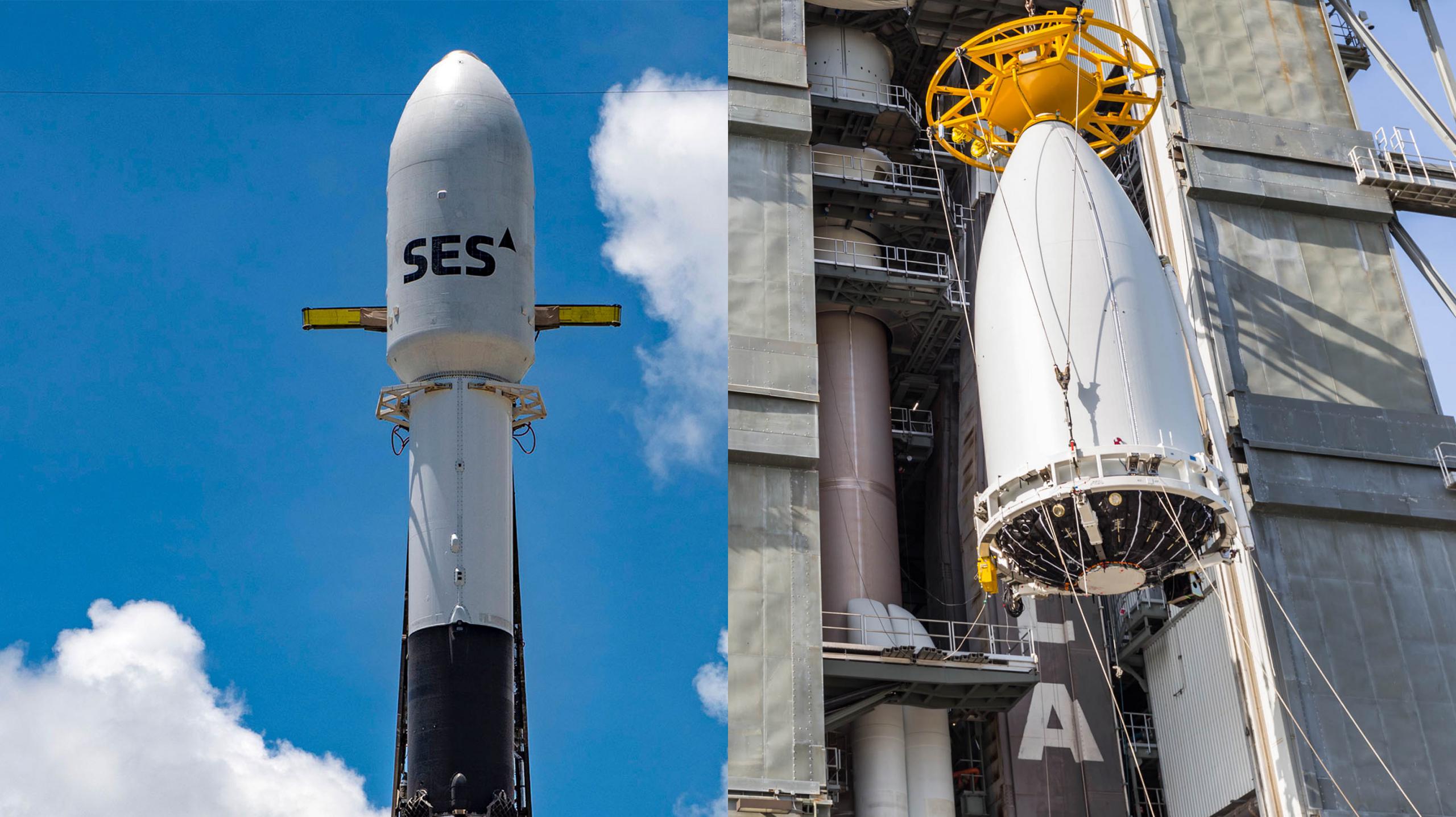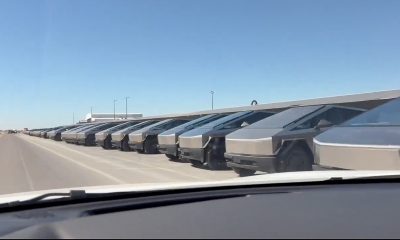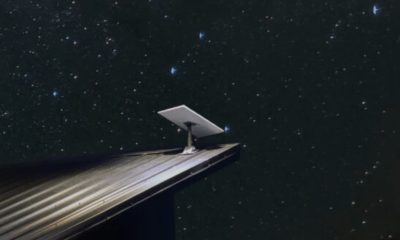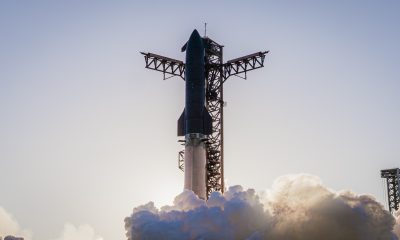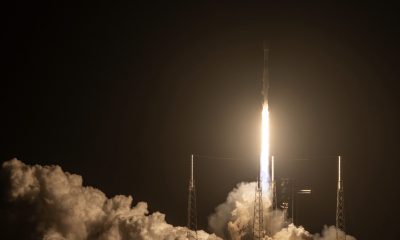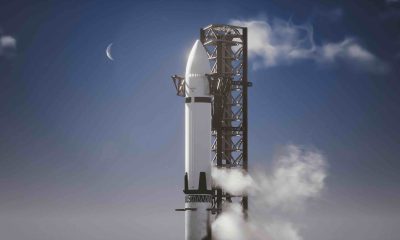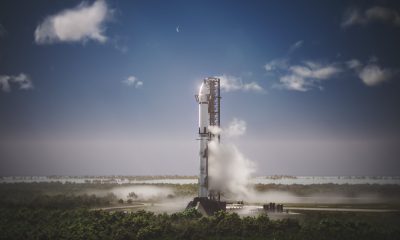SpaceX and competitor United Launch Alliance (ULA) are on track to launch their Falcon 9 and Atlas V rockets less than 25 hours apart.
Slightly delayed from its initial target of June 27th or 28th, SpaceX confirmed on Tuesday that a Falcon 9 rocket is ready to launch the European-built SES-22 no earlier than (NET) 5:04 pm EDT (21:04 UTC) on Wednesday, June 29th. Just 1.5 miles (2.4 km) to the north of SpaceX’s Cape Canaveral Space Force Station (CCSFS) LC-40 pad, ULA says it’s also on track to launch an Atlas V 541 rocket carrying a batch of rideshare payloads for the US military as early as 6pm EDT (22:00 UTC), Thursday, June 30th.
Both Falcon 9 and Atlas V will be carrying satellites destined for geostationary orbit (GEO), a location roughly 36,000 kilometers (~22,250 mi) above Earth’s surface where spacecraft orbit at the exact same speed as Earth’s rotation. As a result, spacecraft in GEO effectively hover in one spot in the sky to a ground observer, which makes the orbit optimal for some kinds of Earth observation and communications missions. SES-22 is a relatively ordinary commercial GEO communications satellite. ULA’s USSF-12 mission will carry a Wide Field Of View (WFOV) missile launch detection satellite and a mysterious secondary payload called the “USSF-12 Ring,” which ULA says is “a classified mission to demonstrate future technology for the Department of Defense.”
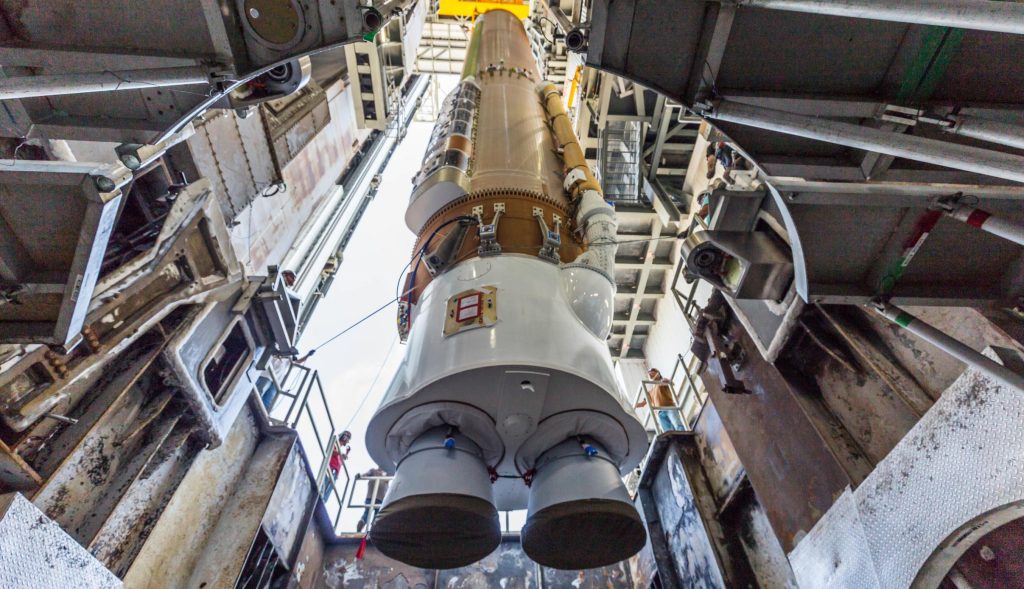
USSF-12’s Atlas V rocket will cost the military roughly $175 million and, like all other Atlas launch vehicles, is fully expendable. The Atlas V booster uses refined kerosene (RP-1) fuel and liquid oxygen oxidizer and is powered by a Russian-built RD-180 engine. The rocket’s Centaur upper stage uses liquid hydrogen (LH2) and LOx propellant and can be powered by one or two US-built RL-10 engines. ULA augments that basic Atlas V variant’s relatively poor performance by adding anywhere from 1-5 solid rocket boosters at its base, which can double the total payload a given Atlas V can launch to most Earth orbits.
Thanks in large part to the greater efficiency of Atlas V’s hydrolox Centaur upper stage, the high-end variants of the rocket with four or five SRBs are capable of launching a significant payload (~3.9 tons or ~8600 lb) directly to GEO, which is where USSF-12 will be heading. Falcon 9 will launch SES-22 to a less challenging geostationary transfer orbit (GTO), which leaves a small portion of the orbit-raising process to the payload.
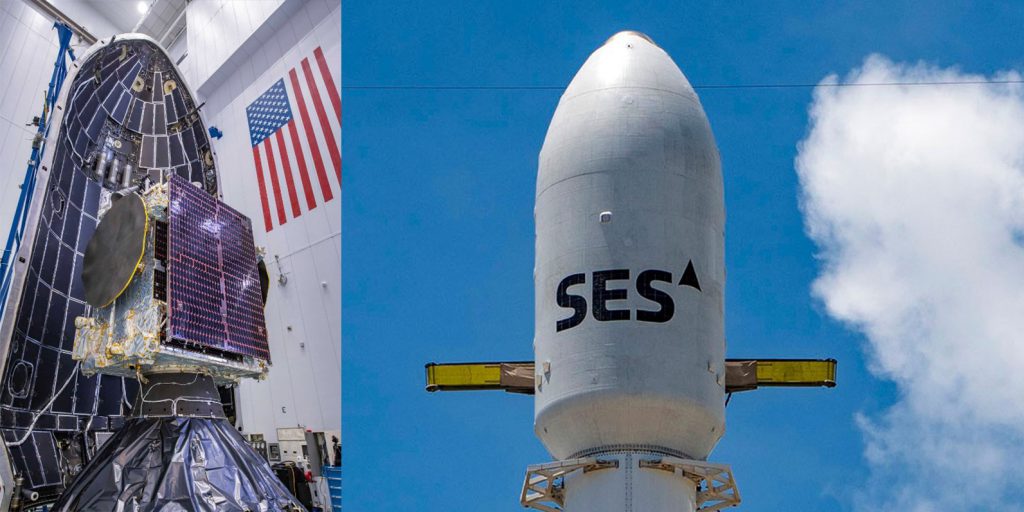
In return, SpaceX will be able to recover and reuse Falcon 9’s booster and payload fairing and SES will pay more like $50-70 million (and a few extra months) to get its satellite to GEO. It’s quite likely that Falcon 9 would be able to launch a few tons directly to GEO in a fully-expendable configuration, but SpaceX’s Falcon Heavy rocket is able to offer even better direct-to-GEO performance for a similar price by expending one of its three Falcon 9-derived boosters, so the company has never tried to sell that service for Falcon 9.
Tune in below around 4:50 pm EDT (20:50 UTC) to watch SpaceX’s 27th launch of 2022 live. ULA will begin streaming Atlas V’s USSF-12 launch around 24 hours later.
News
Tesla is launching a crazy new Rental program with cheap daily rates
This week, Tesla launched its in-house Rental program that will give people a vehicle for between three to seven days, with prices varying and starting at just $60 per day.
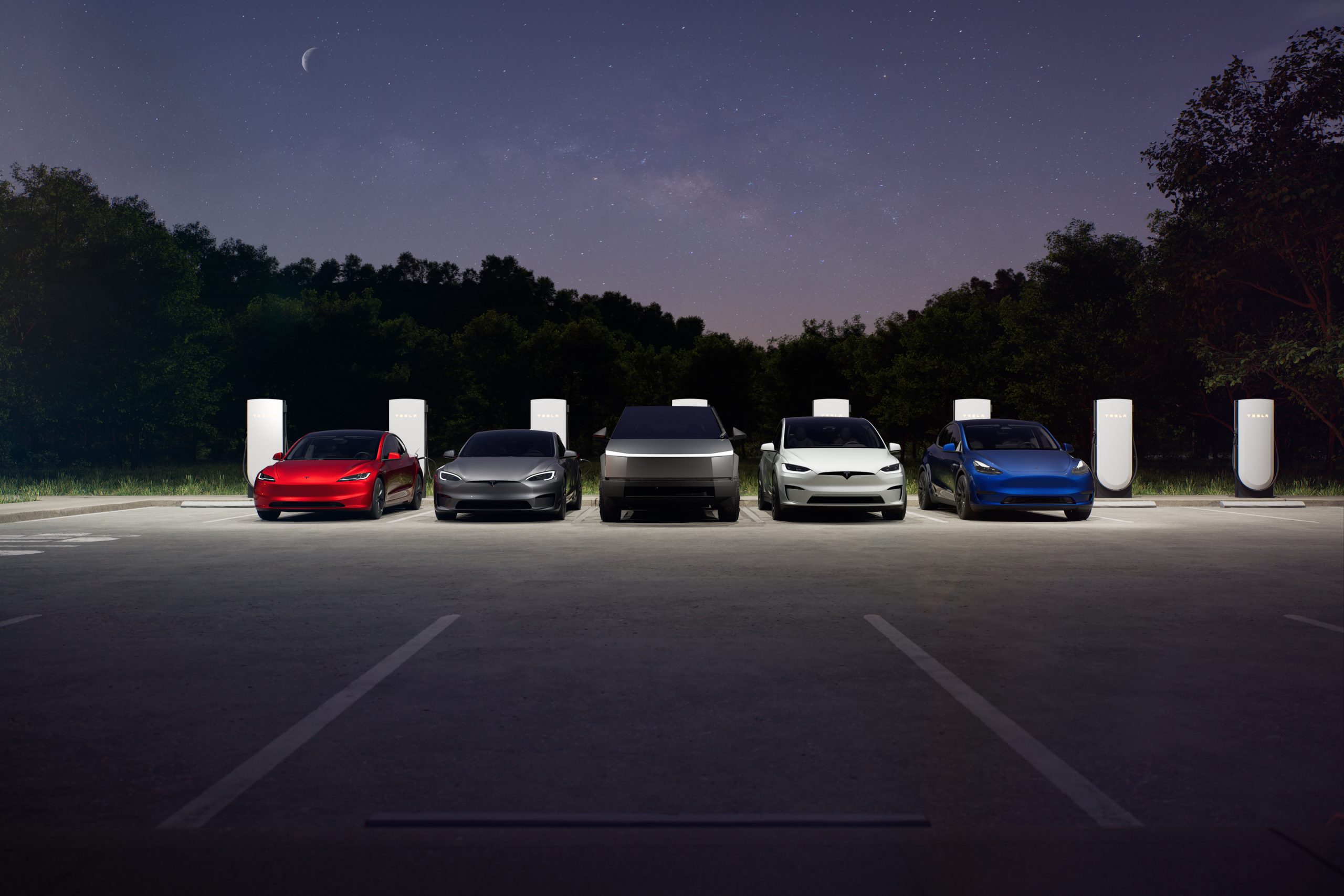
Tesla is launching a crazy new Rental program with cheap daily rates, giving people the opportunity to borrow a vehicle in the company’s lineup with an outrageous number of perks.
This week, Tesla launched its in-house Rental program that will give people a vehicle for between three to seven days, with prices varying and starting at just $60 per day.
However, there are additional perks that make it a really great deal, including Free Supercharging and Free Full Self-Driving (Supervised) for the duration of the rental.
There are no limits on mileage or charging, although the terms do not allow you to leave the state you are renting.
Tesla wrote in an email advertising the program:
“Rent a Tesla and see how it makes every errand, commute, and road trip more fun. While it’s yours, try Full Self-Driving (Supervised) and control and monitor your vehicle with the Tesla app.
Schedule your rental for three to seven days starting at $60 per day (plus taxes and fees) and charge for free at any Tesla-owned Supercharger.
Order your own Tesla within seven days of your rental to get up to a $250 credit toward your purchase.”
This is a great opportunity that will convince MANY people to make the jump.
All your concerns about switching are answered within two days. It’s easier than owning a gas car ever has been. https://t.co/QayTf6YVbw pic.twitter.com/TCHqfTRpes
— TESLARATI (@Teslarati) November 8, 2025
Tesla has long adopted the mentality that butts in seats will sell cars, and for the most part, it is a great strategy. Driving a Tesla is different from owning and driving a combustion engine vehicle; it truly feels as if you are in a car from the past when you get back in an ICE car.
This strategy could be looked at as more of a way for people to experience Tesla ownership than anything.
Although some might use it as a typical rental program that will see it be a cool way to drive without putting miles on a personal car, most will use it as the 48-hour test drive was designed for, which is a short-term way to experience EV ownership.
Tesla is only offering this program at a handful of locations currently, including San Diego and Costa Mesa, California.
News
Tesla makes online ordering even easier
Tesla has a great trade-in program that allows you to give the company your vehicle in exchange for cash, even if it’s not an EV. Their trades are mostly fair, but the company seems to undervalue its own vehicles, and there have been plenty of complaints over offers in the past.

Tesla has adjusted its Online Design Studio to make for an easier trade-in process, reflecting the details of the exchange for a more accurate reflection of payment terms.
Tesla has a great trade-in program that allows you to give the company your vehicle in exchange for cash, even if it’s not an EV. Their trades are mostly fair, but the company seems to undervalue its own vehicles, and there have been plenty of complaints over offers in the past.
Trade-ins are usually given by submitting vehicle details, then Tesla sends an email with an offer. Offers are non-negotiable, but do adjust over time, although the latest offer is valid for 30 days.
I traded my ICE vehicle for a Tesla Model Y: here’s how it went
Knowing your new Tesla’s cash price, leasing or loan details, and monthly payment information used to be done by the car buyer. From personal experience, I simply subtracted my trade-in from the cash price of the Tesla Model Y, and I plugged those numbers into the payment calculator.
Now, Tesla is implementing the trade-in process directly into the Design Studio. It will adjust the price of the car and the different monthly payment methods automatically:
Trade-in estimates available directly on our configurator in few states including CA, will cover all of US and Canada next week.
For loyalty customers, if their trade-in VIN is eligible for any loyalty credit, the same will be applied to the estimate. pic.twitter.com/7097vPleMf
— Raj Jegannathan (@r_jegaa) November 8, 2025
The change is already noticed in a handful of states, including California, but it has not rolled out across the board quite yet. It will be implemented in all of the U.S., as well as Canada, this coming week.
The trade-in process is very simple, and after you accept your offer, you simply drop your vehicle off during the delivery process. Making this simple change will be greatly appreciated by owners.
News
Tesla confirms Robotaxi is heading to five new cities in the U.S.
After launching in Austin, Texas, in late June and the Bay Area of California just a few weeks later, Tesla has been attempting to expand its Robotaxi suite to new states and cities in the U.S., and even outside of the country.

Tesla Robotaxi will hit five new cities in the United States in the coming months, the company confirmed.
After launching in Austin, Texas, in late June and the Bay Area of California just a few weeks later, Tesla has been attempting to expand its Robotaxi suite to new states and cities in the U.S., and even outside of the country.
The Robotaxi suite is a ride-hailing service Tesla offers, but the details of it change with each jurisdiction, as regulations vary. For example, in Austin, Tesla can operate the Robotaxi suite without anyone in the driver’s seat, as long as the vehicle does not enter a freeway.
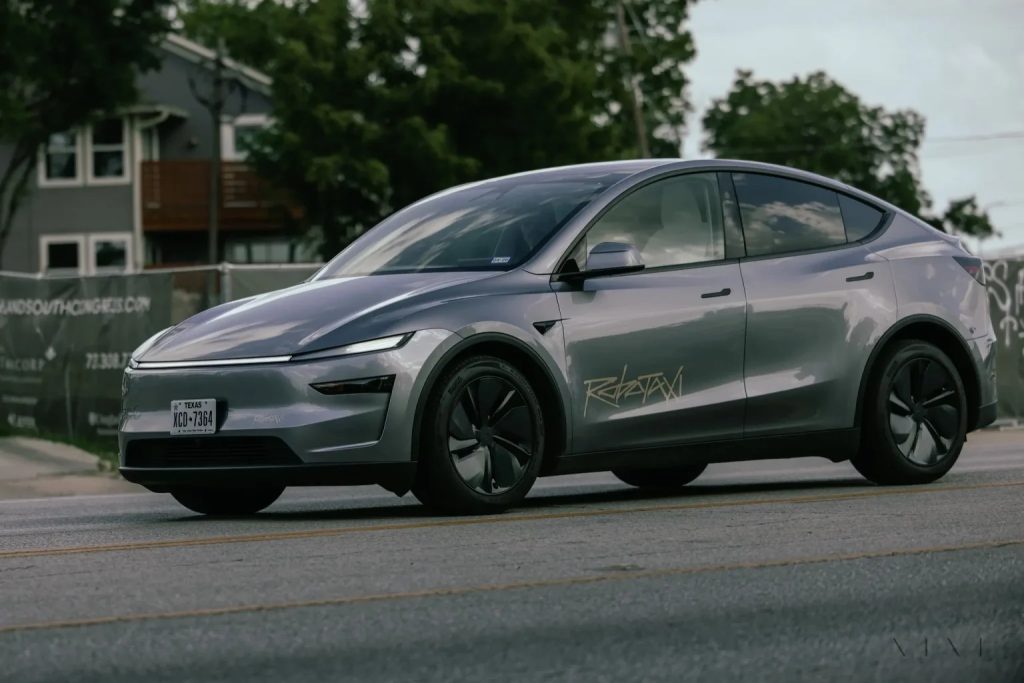
Credit: Tesla
In the Bay Area, a Safety Monitor rides in the driver’s seat, essentially acting as the vehicle operator with Full Self-Driving controlling the car.
The local regulations and how Tesla handles them will continue to be a relevant part of the discussion, especially as the company aims to expand the Robotaxi program to different areas. This has been a primary focus of the company for several months, especially within the United States.
CEO Elon Musk said that Tesla was aiming to launch Robotaxi in Nevada, Arizona, and Florida. However, the company detailed five specific cities where it will launch Robotaxi next during the Annual Shareholder Meeting on Thursday.
Tesla will launch Robotaxi in Las Vegas, Phoenix, Dallas, Houston, and Miami next, broadening its Service Area for the suite to more major cities across the U.S.
It has said it plans to offer the service to half of the U.S. population by the end of the year, but it does not seem as if it will expand to more than a handful of cities this year, which is still tremendous progress, all things considered.
As far as autonomy is concerned, Tesla has always had lofty expectations and has made some even loftier statements.
At the Shareholder Meeting, Musk said that the company would likely be able to enable vehicle owners to text while the vehicle drives, alleviating them from potentially having some of the responsibility they have behind the wheel.
Tesla says texting and driving capability is coming ‘in a month or two’
It is not confirmed that Tesla will roll this out in the next few months, but Musk said there is a possibility.
-

 News2 days ago
News2 days agoTesla shares rare peek at Semi factory’s interior
-

 Elon Musk3 days ago
Elon Musk3 days agoTesla says texting and driving capability is coming ‘in a month or two’
-
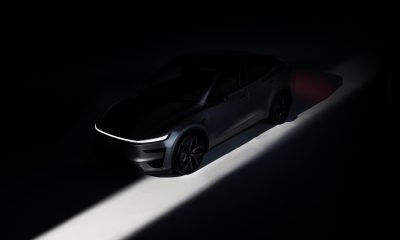
 News2 days ago
News2 days agoTesla Model Y Performance set for new market entrance in Q1
-
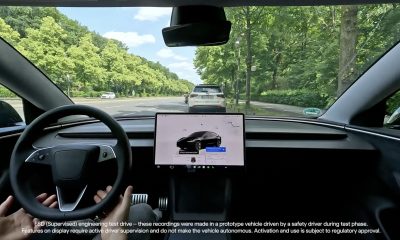
 News3 days ago
News3 days agoTesla China expecting full FSD approval in Q1 2026: Elon Musk
-
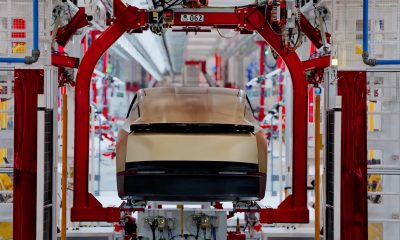
 News3 days ago
News3 days agoTesla Cybercab production starts Q2 2026, Elon Musk confirms
-
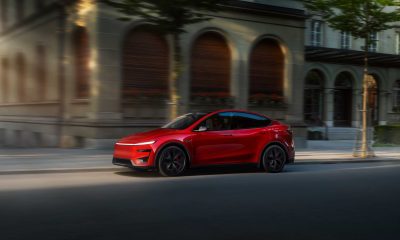
 News4 days ago
News4 days agoTesla Model Y Performance is rapidly moving toward customer deliveries
-
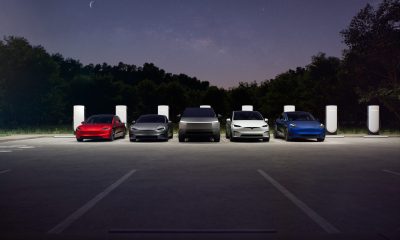
 News13 hours ago
News13 hours agoTesla is launching a crazy new Rental program with cheap daily rates
-
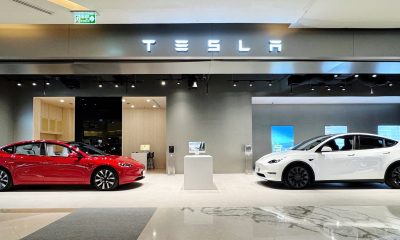
 News2 days ago
News2 days agoTesla makes online ordering even easier

